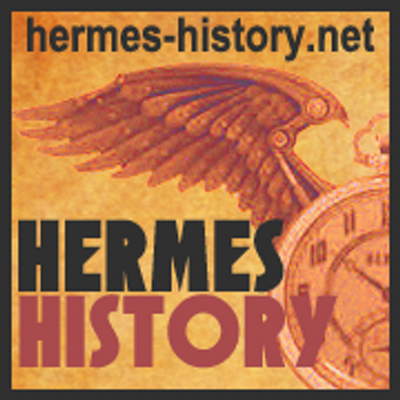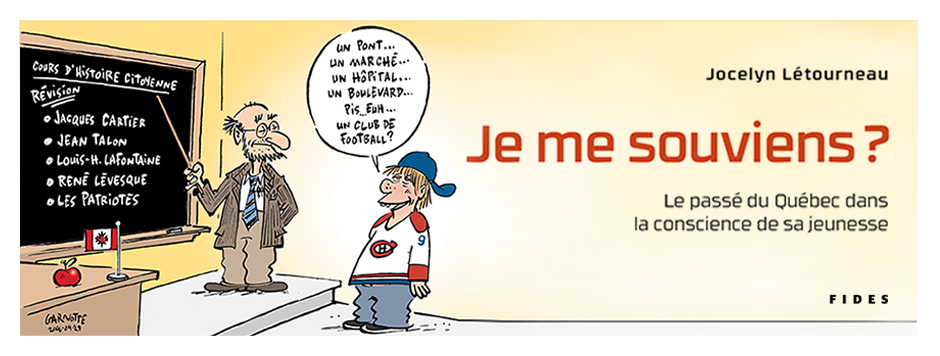
Here’s an updated version of the description for the Australian research project inspired by J. Létourneau’ work.
COMPARING OUR PASTS [COP] INTERNATIONAL PILOT PROJECT
Project Leader: Dr Robert Parkes
Principal Researchers: Dr Debra Donnelly, Dr Heather Sharp, Dr Josephine May, Dr Jill Barnes, Mrs Vicki Parkes, Dr Paul Zanazanian, Dr Mark Sheehan, Professor Monika Vinterek, and Mr Robert Thorp.Project Description:
This project adds a comparative and international dimension to a domestic pilot study funded in 2014. Many nations have experienced public struggle over the national narrative; concerns over whose history is being taught in schools; reports that teachers and school students find history of little interest; and anxieties over what the public knows about the nation’s past. Much of the concern has been driven by survey research that expects an encyclopaedic knowledge of the past. TheRemembering Australia’s Past [RAP] pilot project explored what pre-service History teachers do know, understand, and believe is important about Australia’s past, using an adaptation of a highly successful narrative research methodology developed by Canadian Professor, Jocelyn Létourneau (2006), whose work [See www.tonhistoireduquebec.ca] has already had purchase in parallel projects throughout Europe.This international comparative pilot project will utilise the same narrative collection methodology that was successful in the 2014 Australian pilot study. Participants will be asked to write for 45 minutes in response to the request to “Tell the history of the nation in your own words”. This project builds directly upon the RAP project work, and extends the scope of the Australian study by: (1) expanding the sampling to include primary pre-service teachers; and (2) adding an international comparative dimension. The sample will include pre-service primary teachers and secondary History teachers in four countries: Australia, Canada, Sweden, and New Zealand.
Why include pre-service primary and secondary History teachers in the sample?
In the 2014 study, narratives were only collected from pre-service secondary History teachers. With the completed roll out of the Australian Curriculum, History is now a mandatory subject from Kindergarten to Year 10 in all Australian states and territories. This means that all Australian primary teachers will also be teachers of history. Expanding the scope of the sampling to include pre-service primary teachers in addition to secondary History teachers, captures a purposive typical case sample of all those who will eventually be teaching history to the nation’s young people. The extended scope of the sample will allow for domestic comparisons between the historical consciousness of pre-service primary and secondary History teachers, and has the potential to speak to a range of public concerns, including (History) teacher preparation.What criteria have been used to select the four nations participating in this comparative study?
Each of the four nations has been selected because it has a significant Indigenous population that has historically found itself in conflict with the dominant ethnic group. The nations are different, however, in their varied histories of reconciliation between the dominant and Indigenous groups; the part Indigenous histories play in the official stories of the nation; and the degree of attention to Indigenous history in the History curricula (and teaching media) of each country. Key to the comparative study will be determining how the Australian, Canadian, Swedish and New Zealand participants address the Indigenous (Aboriginal and Torres Strait Islander, First Nation, Sami, or Maori) histories of their nation.Note: This project is funded through the Faculty of Education and Arts Strategic Networking and Pilot Projects Scheme, at the University of Newcastle, Australia.



